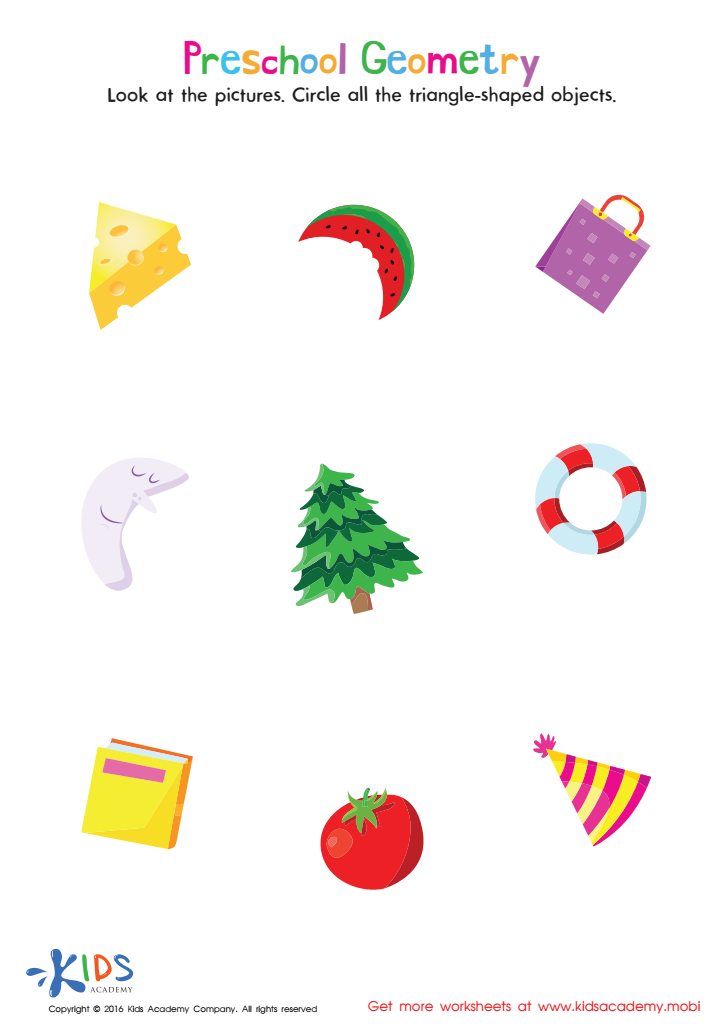Shape Recognition Normal Geometry Worksheets for Ages 6-8
26 filtered results
-
From - To
Enhance your child's learning experience with our Shape Recognition Normal Geometry Worksheets, designed specifically for ages 6-8. These engaging worksheets provide a fun way for young learners to explore different shapes and improve their visual-spatial skills. With a variety of activities, kids will identify, compare, and classify shapes, laying a strong foundation for future math concepts. Each worksheet is crafted to inspire creativity and critical thinking, ensuring an interactive educational experience. Perfect for home or classroom use, these resources make geometry accessible and enjoyable, helping children develop essential skills while having fun. Start your child's geometry journey today!


Let's Count Faces! Worksheet
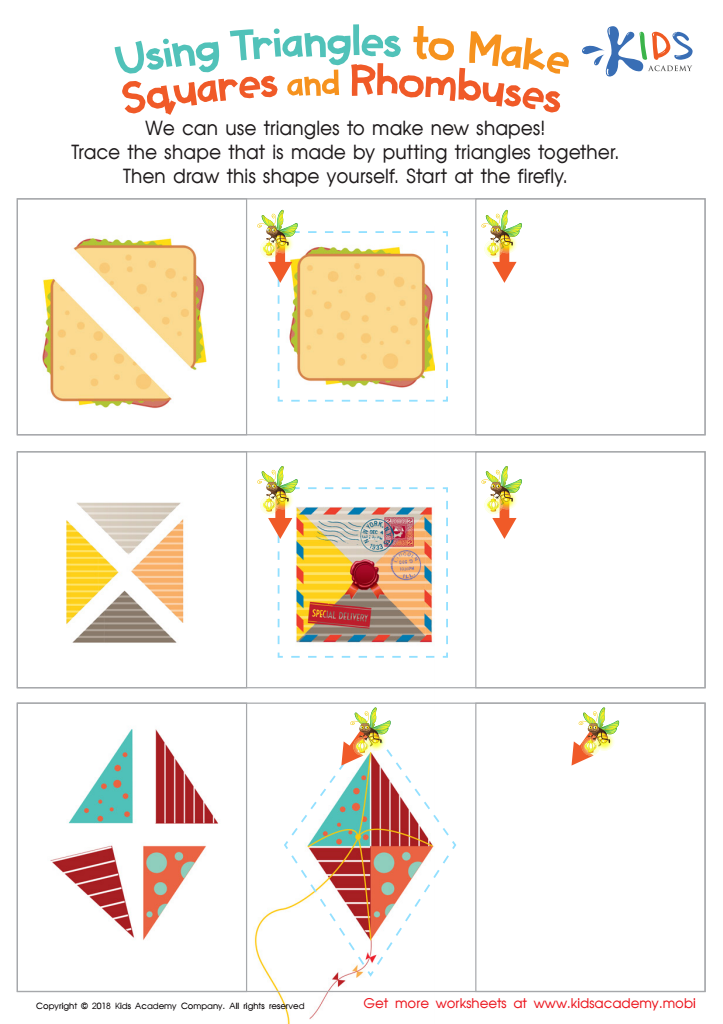

Using Triangles to Make Squares and Rhombuses Worksheet
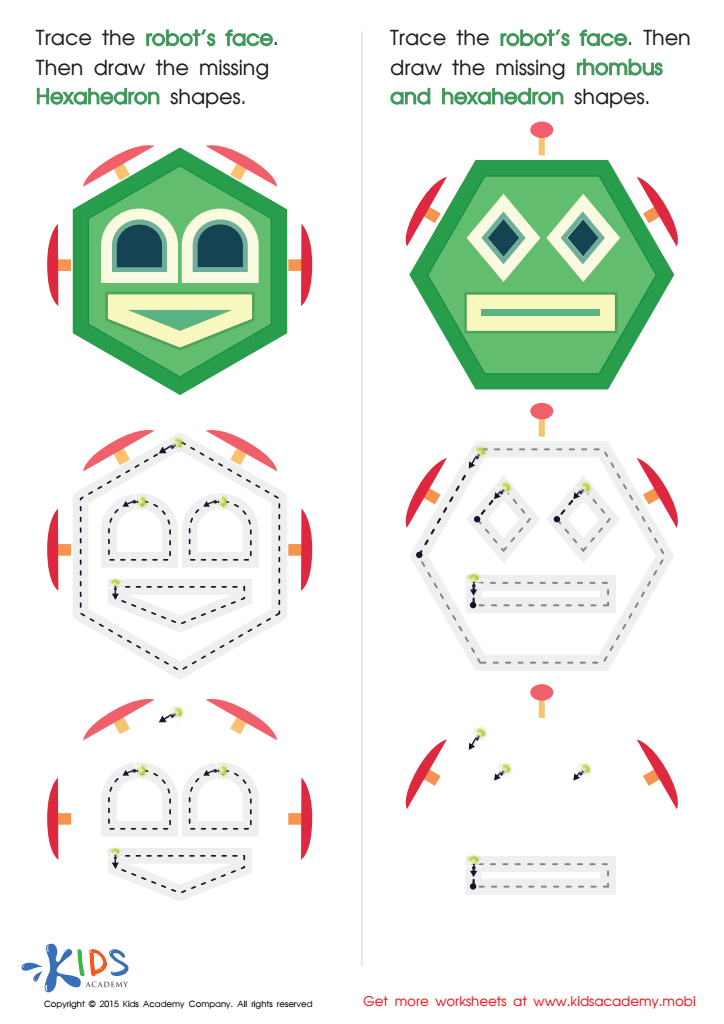

Practice Drawing Hexahedrons And a Rhombus Worksheet
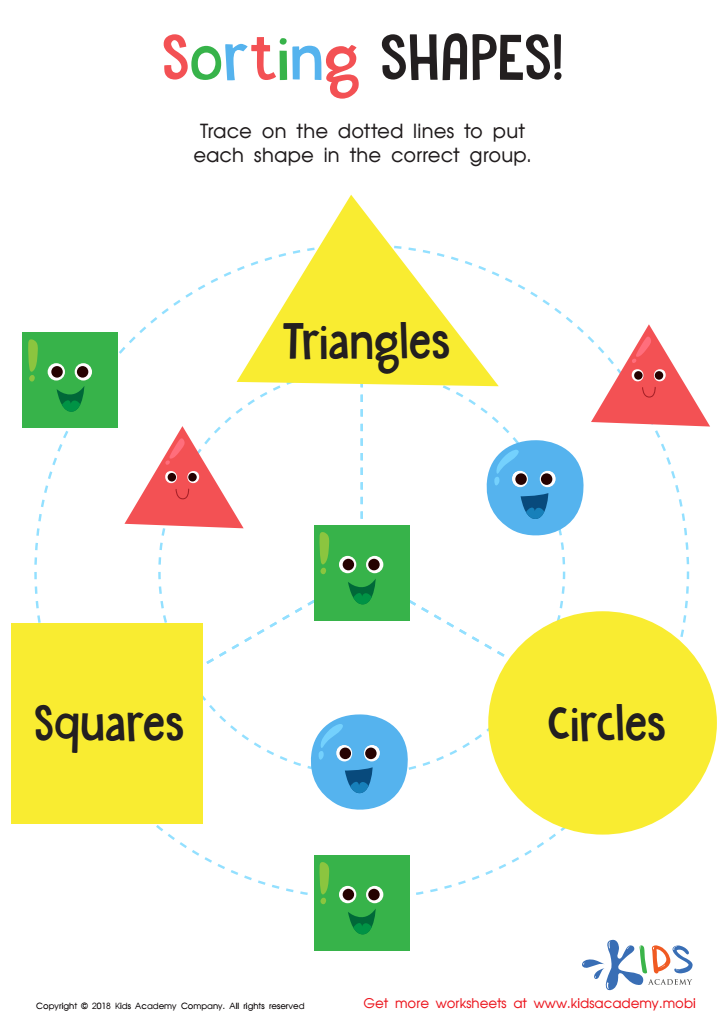

Sorting Shapes - Part 3 Worksheet


Dinner Shapes: Making a Whole Worksheet
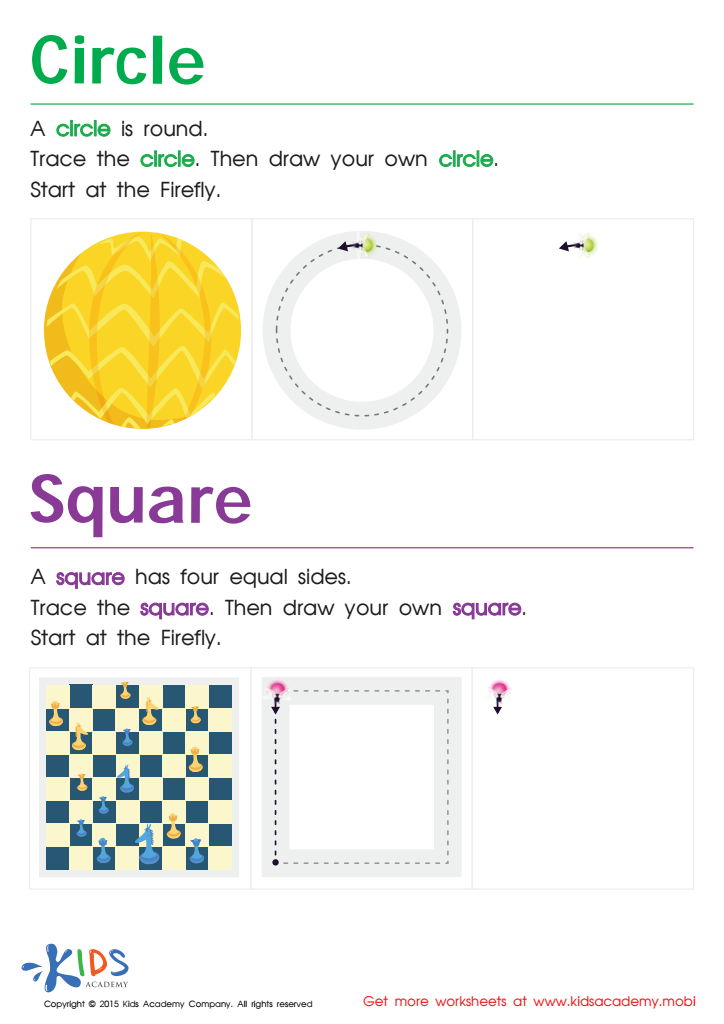

Trace And Draw a Circle And a Square Worksheet
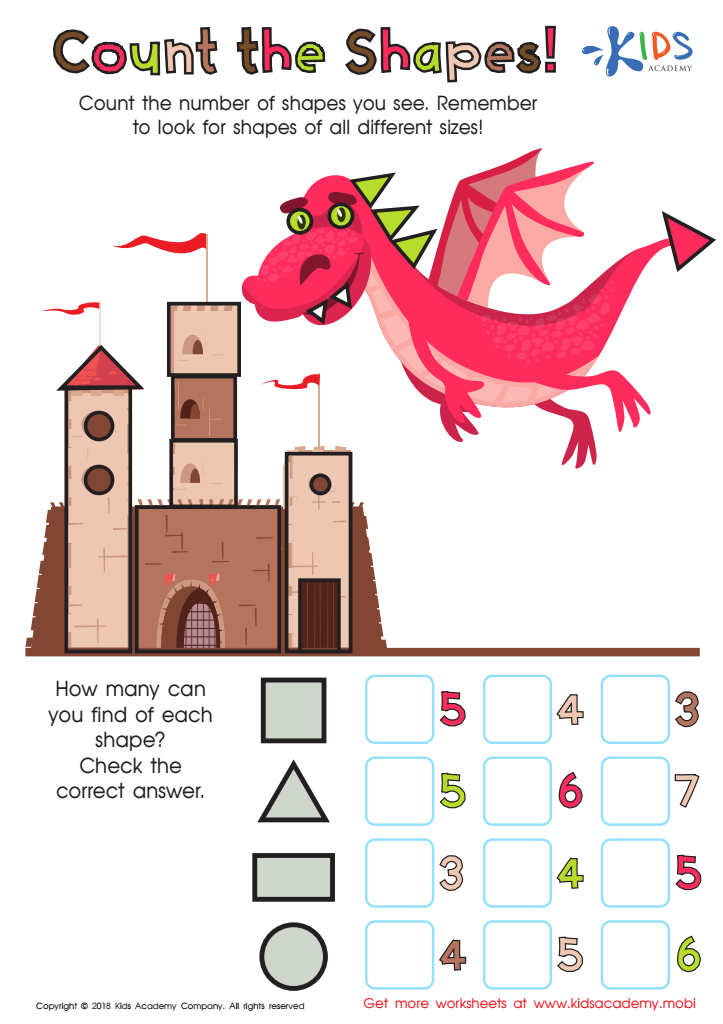

Count the Shapes Worksheet
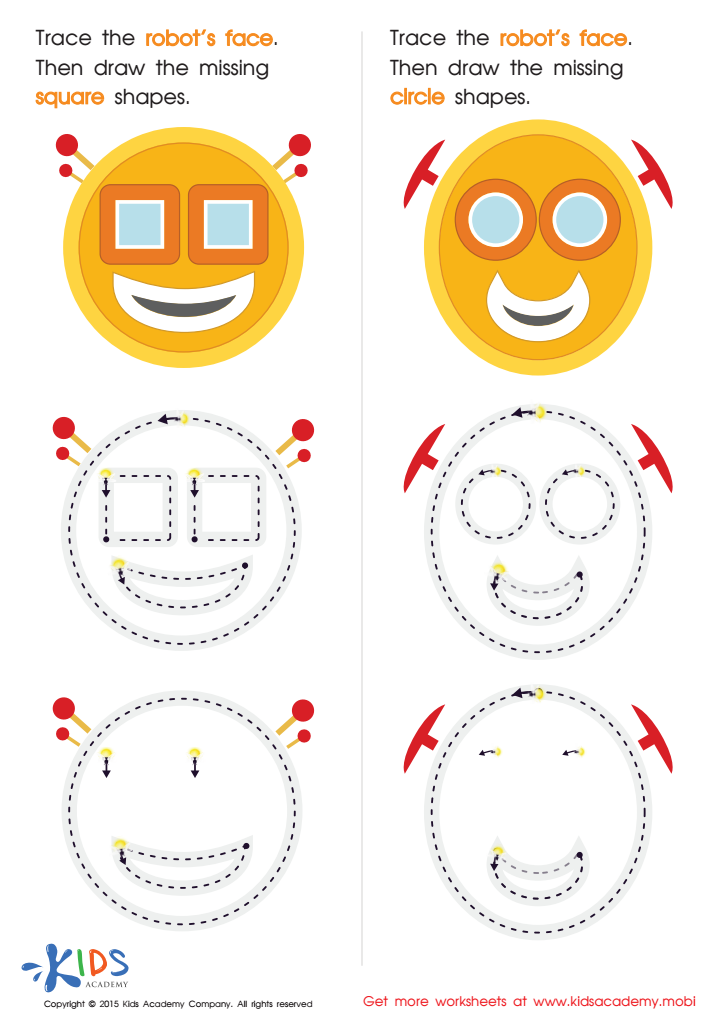

Practicing to Draw Circles And Squares Printable
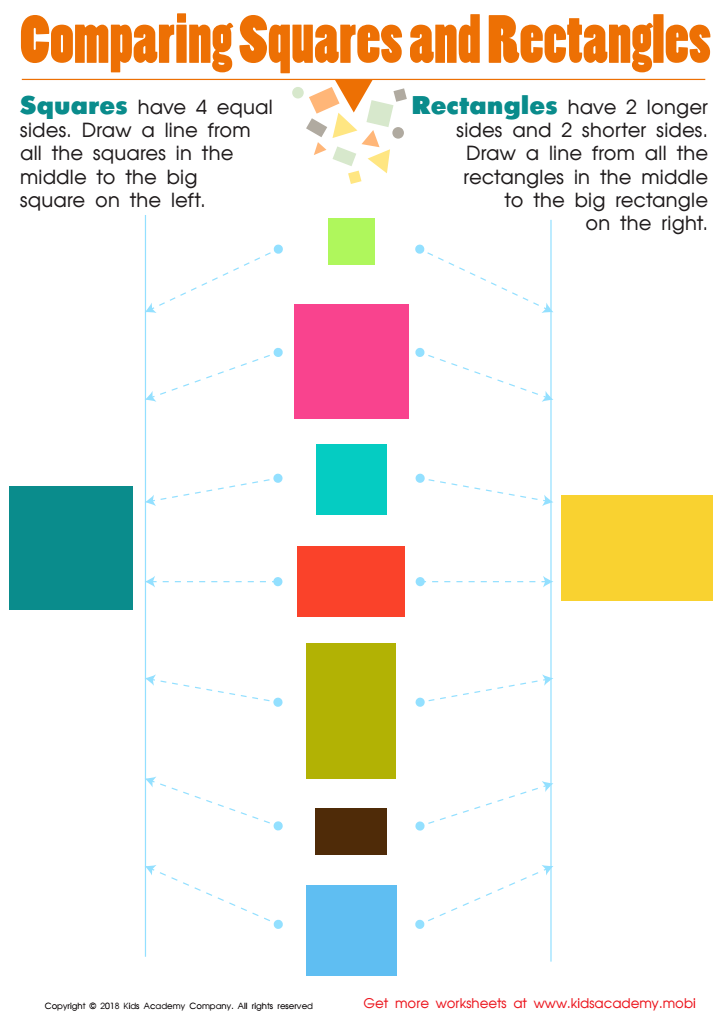

Comparing Squares Rectangles Worksheet
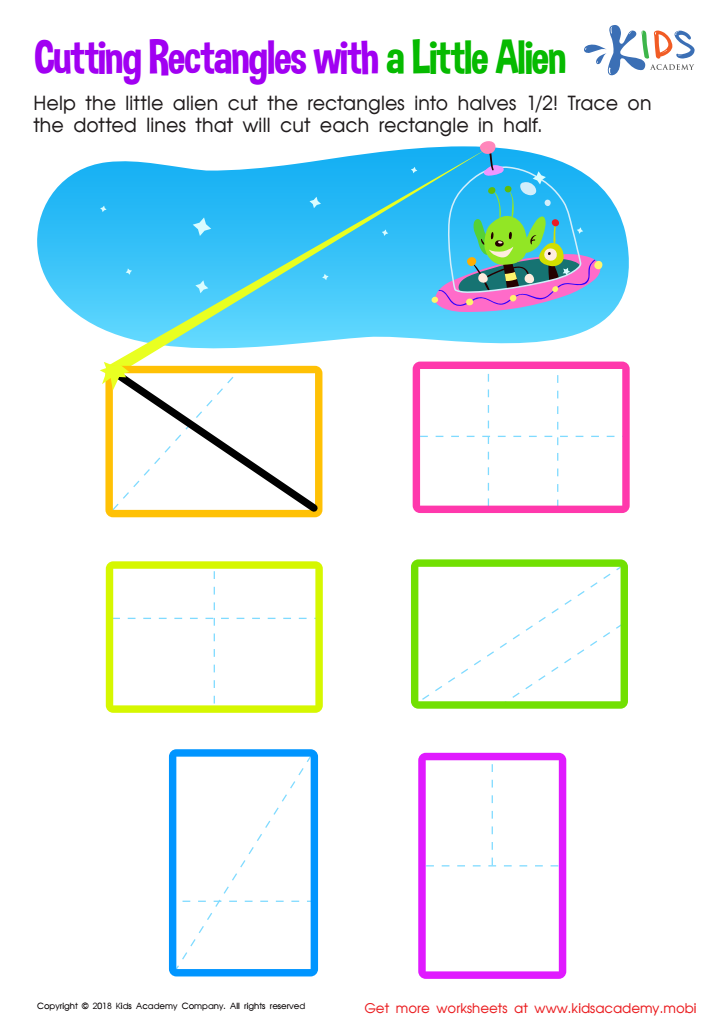

Cutting Rectangles with Alien Worksheet
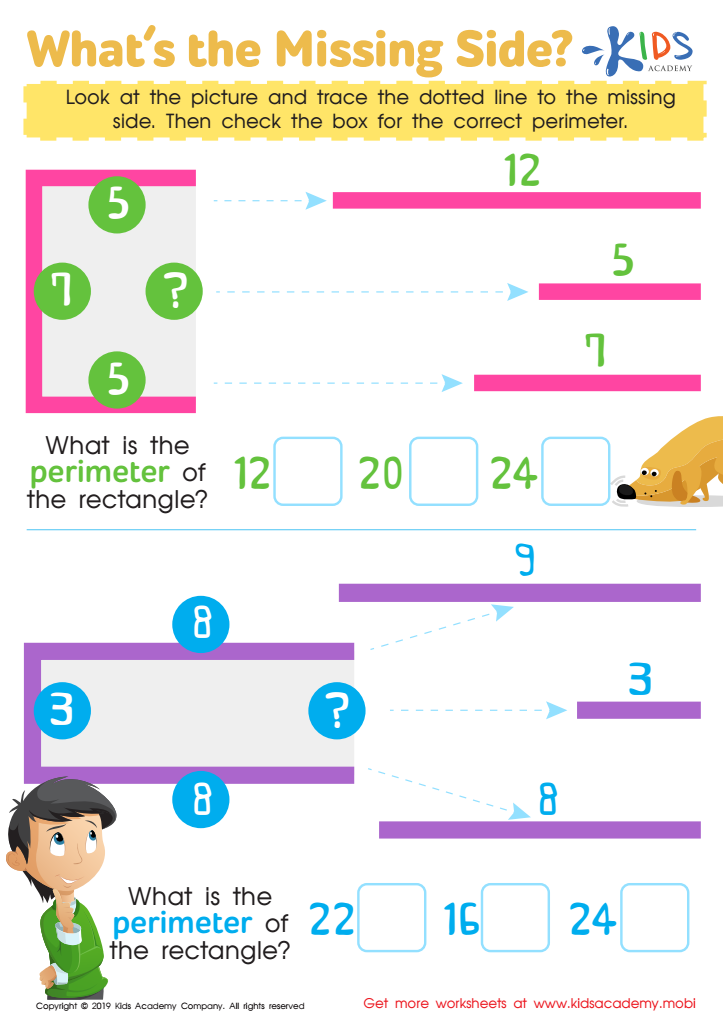

What's the Missing Side Worksheet
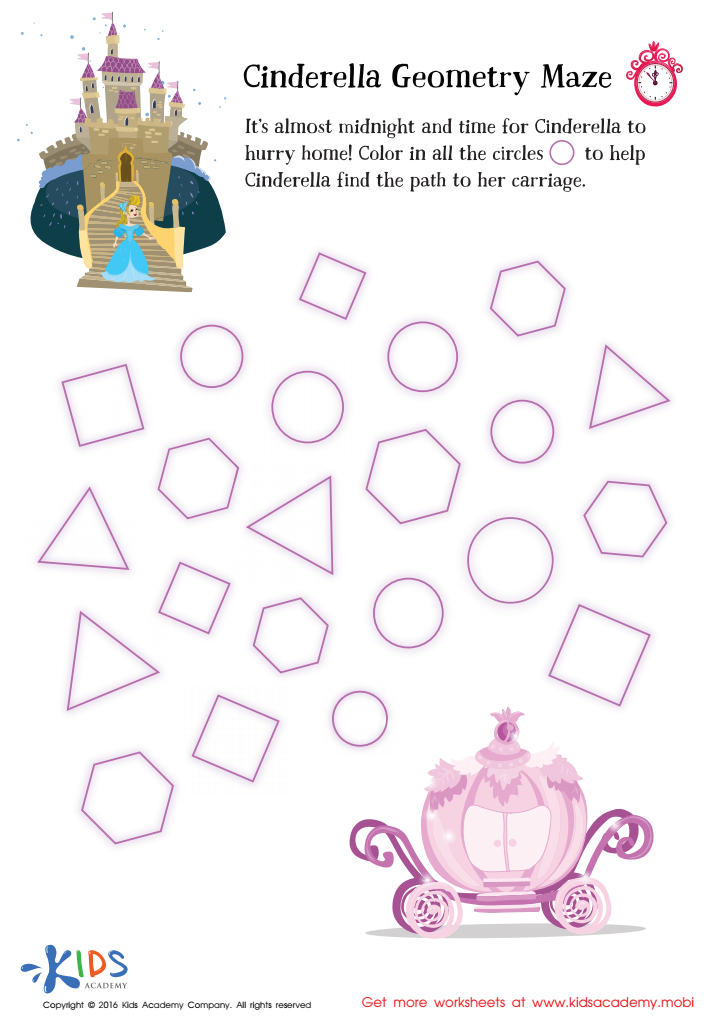

Cinderella Geometry Maze Worksheet


Preschool Geometry Match Up Worksheet
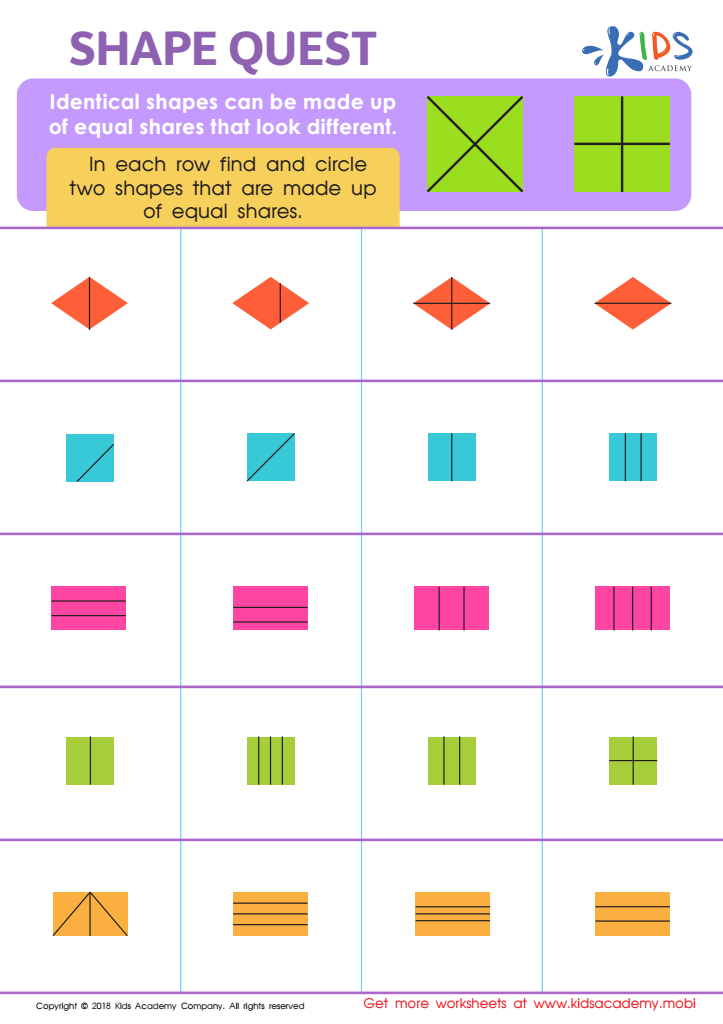

Shape Quest Worksheet


Learning to Draw Crescents And Triangles Worksheet
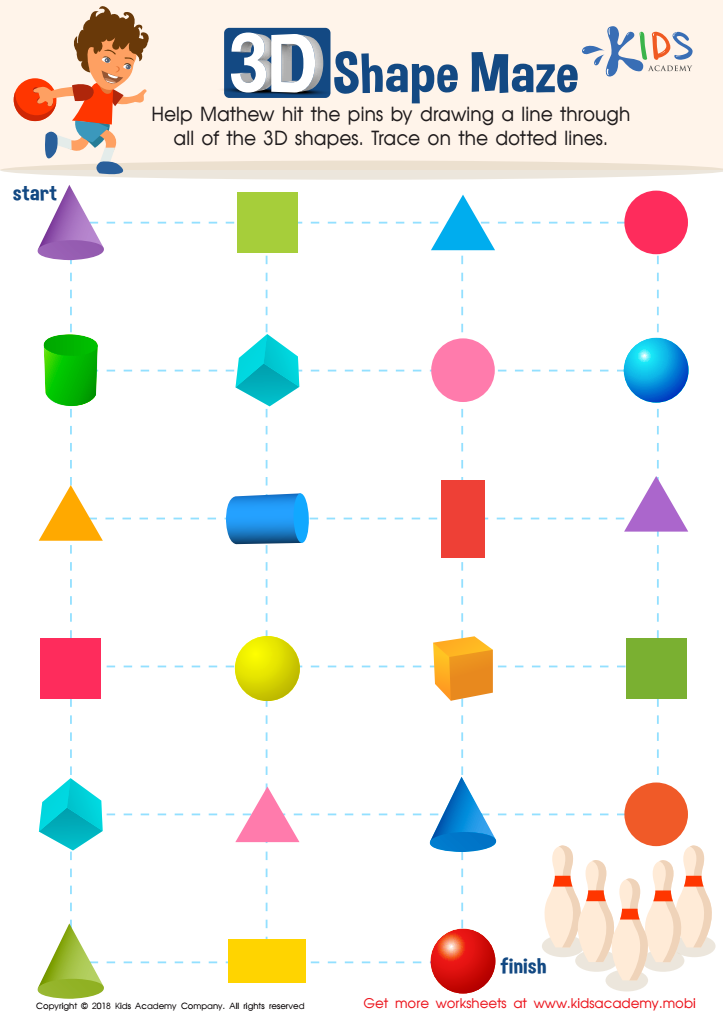

Shapes Maze Geometry Worksheet
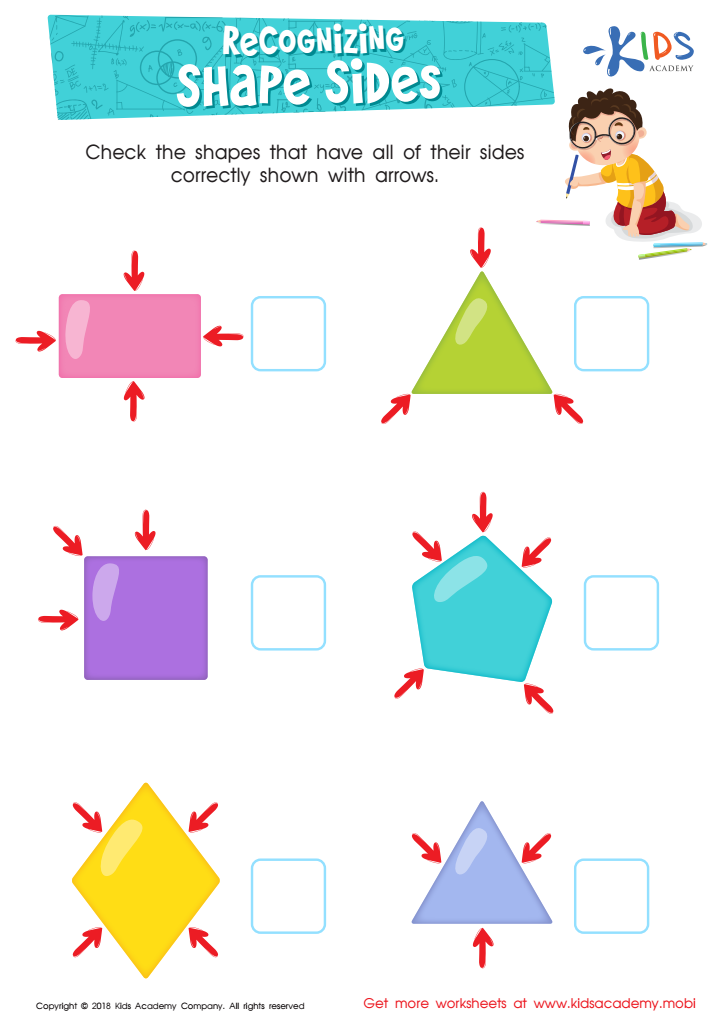

Recognizing Shape Sides Worksheet
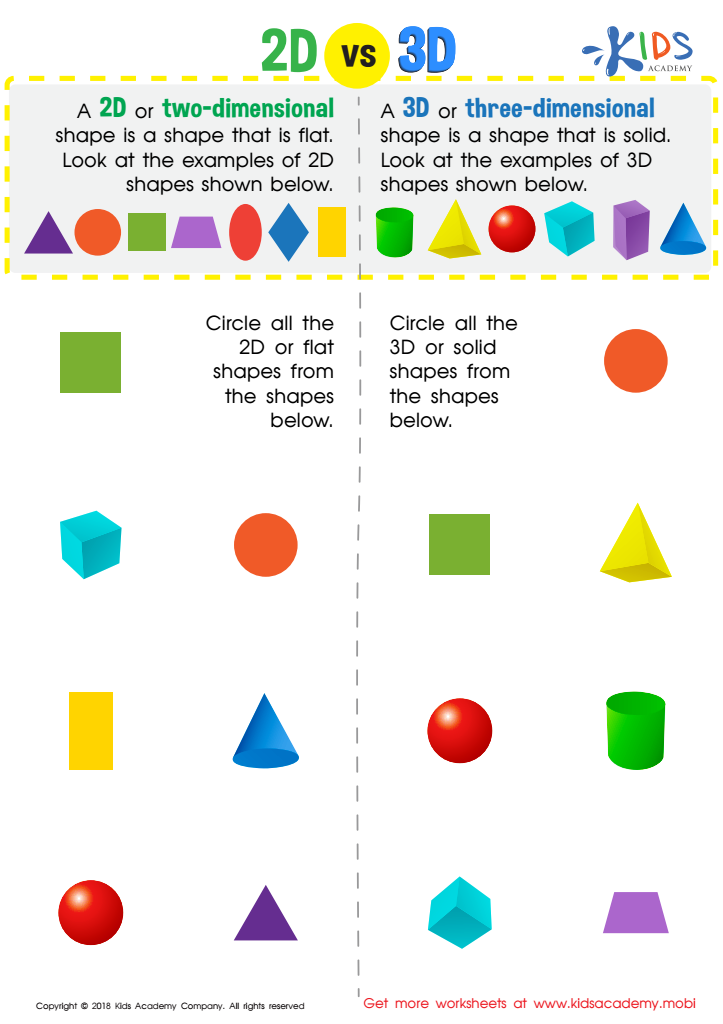

2D vs 3D Shapes Worksheet
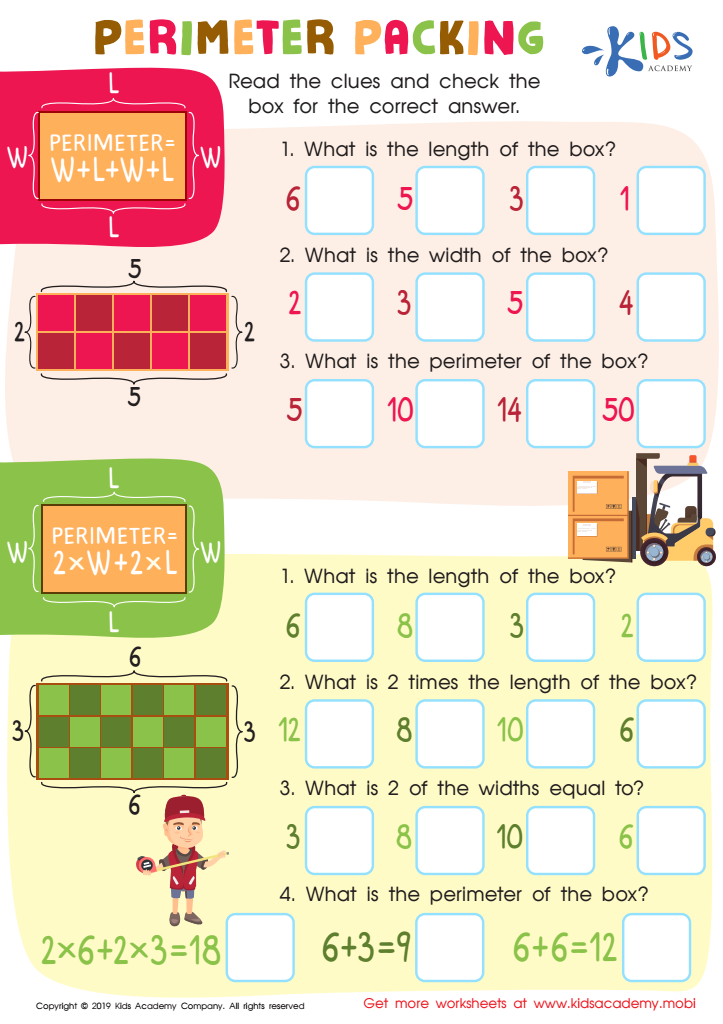

Perimeter Parking Worksheet
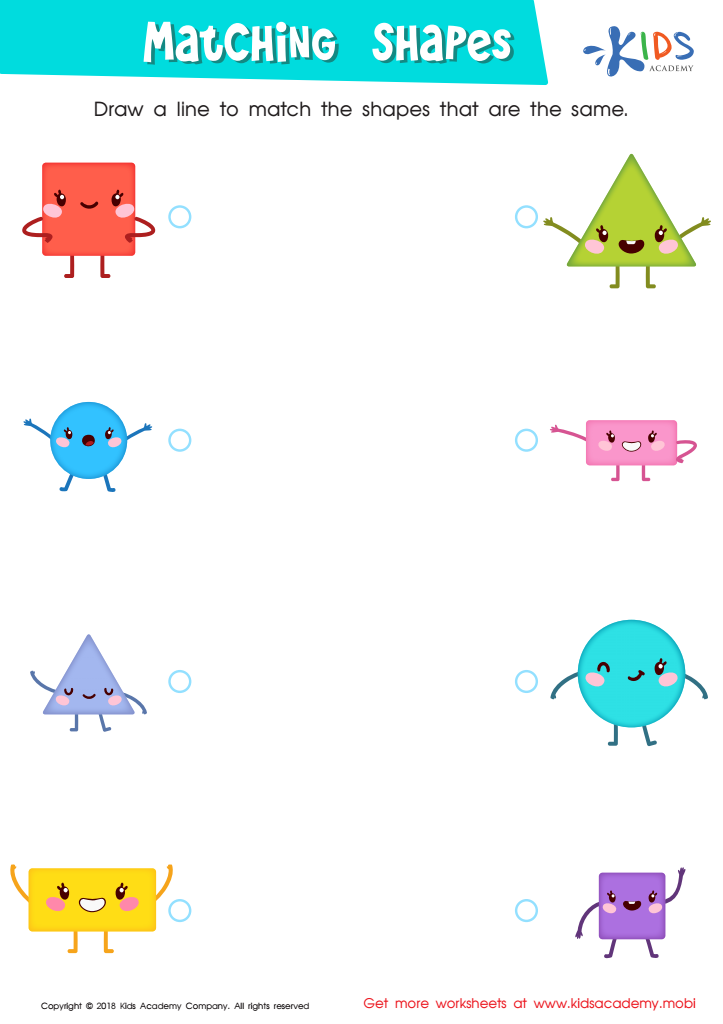

Matching Shapes Worksheet
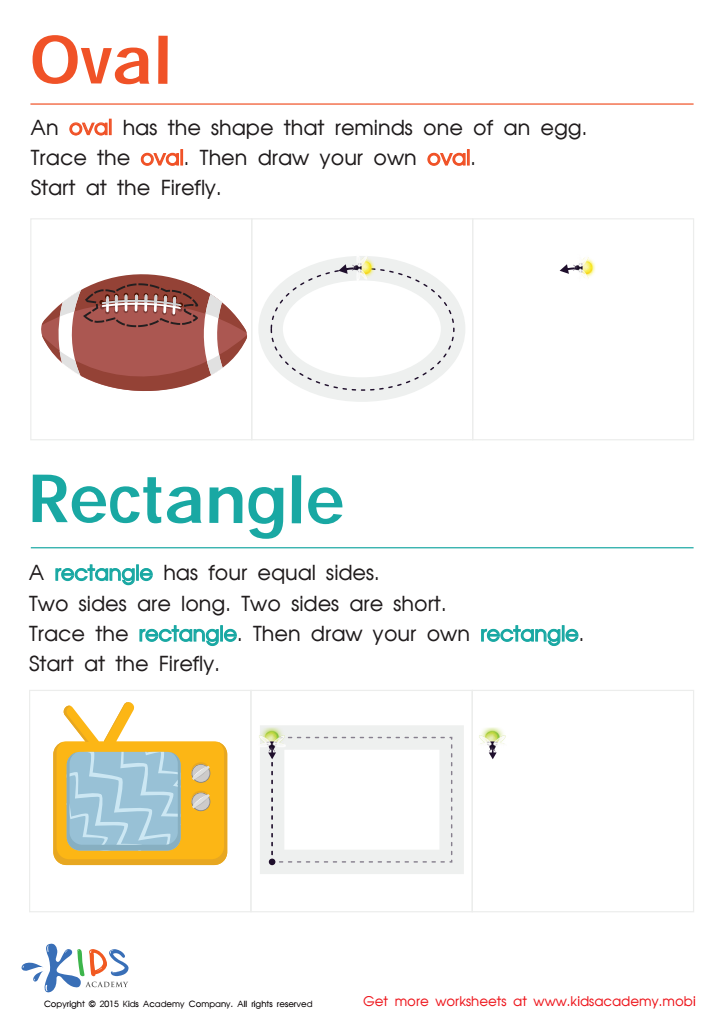

Easy Drawing of Ovals And Rectangles Worksheet


3D Shapes Quest Worksheet


Shapes in Real Life: Cone Worksheet
Shape recognition and understanding of basic geometry are foundational skills for children aged 6-8, which have a lasting impact on their cognitive development. During this critical age range, children are not only beginning to recognize and identify geometric shapes but are also developing mathematical reasoning skills and spatial awareness. Mastering these concepts promotes critical thinking, problem-solving, and pattern recognition, which are essential for later stages of learning.
Teachers and parents should care about fostering these skills because they enhance a child's ability to describe, analyze, and engage with their environment. Early experiences in geometry support the development of a mathematical mindset, preparing children for more complex mathematical concepts in the future, such as fractions, measurement, and spatial reasoning. Furthermore, engaging with shapes boosts creativity, as children can create art and explore their world through different geometrical forms.
Effective shape recognition also impacts everyday life skills, from understanding maps to solving real-world problems involving space, construction, and design. By cultivating these skills, parents and educators not only enhance academic performance but also build a strong foundation for lifelong learning and critical thinking in young learners.
 Assign to My Students
Assign to My Students
